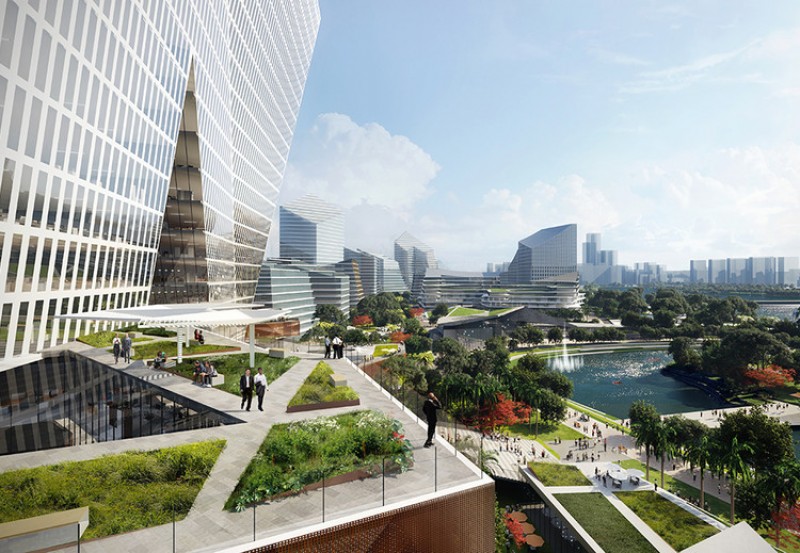
Predicting the future of small urban architecture involves considering evolving trends, technological advancements, societal changes, and environmental considerations. While it's challenging to make precise predictions, here are some potential directions for the future of small urban architecture:
Sustainable Design:
Sustainability is likely to be a central theme, with a focus on energy-efficient buildings, green roofs, solar panels, and eco-friendly construction materials. Small urban areas may increasingly prioritize environmentally conscious design to reduce their ecological footprint.
Compact and Vertical Design:
With urban populations growing and available space diminishing, small urban architecture may continue to embrace compact and vertical design solutions. This could include mixed-use buildings, vertical gardens, and innovative use of limited space.
Smart Cities Integration:
The integration of smart technologies will likely play a significant role. Small urban areas may adopt smart infrastructure, including smart lighting, waste management, transportation systems, and data-driven urban planning to enhance efficiency and improve the quality of life for residents.
Flexible and Adaptive Spaces:
The need for adaptable spaces may increase, with buildings designed to serve multiple functions and easily adapt to changing needs. This flexibility can be crucial in dynamic urban environments where the usage of spaces evolves over time.
Green and Public Spaces:
Small urban areas may prioritize the creation of green and public spaces to enhance the quality of life for residents. Pocket parks, community gardens, and pedestrian-friendly zones can contribute to a healthier and more vibrant urban environment.
Mixed-Use Developments:
The trend of mixed-use developments, combining residential, commercial, and recreational spaces within the same area, is likely to continue. This approach fosters a sense of community and reduces the need for extensive commuting.
Cultural and Heritage Integration:
Small urban architecture may increasingly incorporate and preserve cultural and historical elements. Adaptive reuse of old structures and the integration of cultural heritage into new designs can contribute to a unique and authentic urban character.
Resilient Architecture:
Considering the increasing frequency of extreme weather events, small urban areas may invest in resilient architecture. Buildings and infrastructure may be designed to withstand and recover from natural disasters, ensuring the safety and well-being of residents.
Community-Engaged Design:
Community involvement in the design process is likely to grow. Architects and urban planners may collaborate closely with residents to understand their needs and aspirations, resulting in more community-centric and inclusive designs.
Modular and Prefabricated Construction:
To address the challenges of rapid urbanization and housing shortages, small urban areas may turn to modular and prefabricated construction methods. These techniques can expedite construction timelines and offer cost-effective solutions.
Augmented Reality (AR) in Urban Planning:
Augmented reality tools may become integral in the urban planning process. AR can help visualize proposed developments, allowing stakeholders and residents to experience and provide feedback on the future changes in real-time.
Biophilic Design:
Biophilic design principles, emphasizing the connection between humans and nature, may gain prominence. Small urban architecture might incorporate more natural elements, such as green walls, water features, and natural light, to enhance well-being and productivity.
The future of small urban architecture will likely be shaped by a combination of technological innovation, sustainable practices, community engagement, and a response to the unique challenges posed by urban living. The key will be to create spaces that are resilient, adaptable, and contribute positively to the overall well-being of the community.


